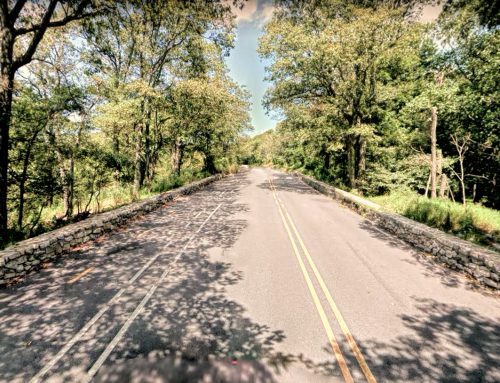The Reading Redevelopment Authority recently accepted bids from a New York developer for the purchase of 301, 311, and 315 Washington Street, Reading, PA.
Below: 301-315 Washington Street.

David Hasenfeld of the Scharf Group plans to combine the three properties to build 15 three-story townhomes each having three bedrooms, 2-1/2 bathrooms and about 1,800 square feet of living space.
Demolition is to begin by Dec. 1 and development completed by November 2021.
While many may claim this as a success, John Nolen (1869–1937), the first American to identify himself exclusively as a town and city planner, would likely see it as poor planning.
In 1909, John Nolen, at the invitation of the Civic Association of Reading, was engaged by private interests to replan the town of Reading. City planning in the USA was in its infancy around 1909 but it was successfully practiced in Germany. Wyomissing conformed to the German by laying out the suburb and separating factories from residences and providing green space for people.
Nolen’s task in Reading in 1909 was staggering. Reading was a built-up, congested and constricted city of narrow alleys and streets, locked within a binding grid, with almost no restrictions on its laissez-faire development. The closer one came to the center of the city, the more destitute conditions became. Wealthier citizens, living in well-groomed wards farther away, were indifferent to the needs of workers and their children. Among these affluent people were landlords who were well aware “that overcrowding increased land values.”
John Nolen stated the following in his book (click to view) entitled, “Replanning Reading:”
“Reading, like Philadelphia, is called “a city of homes.” And it is. These buildings are not very homelike. As a rule, they are built in solid blocks of brick, with a frontage that will average only from 12 to 15 feet. The depth of the lot is usually less than 100 feet. An inspection of the city from the top of Mt. Penn, impresses one with the unnecessary congestion and overcrowding and the equally unnecessary unloveliness and cheerlessness of the city as a whole. It presents a mass of unrelieved tin-roofed brick blocks, with narrow straight streets on one side, and on the other, small and often untidy and dirty back yards and alleys. So small, indeed, are the back yards in some localities that I have seen the Monday wash stretched to dry between the trees on the front street or even on the front porches. And yet, as one gazes at the city from the heights of Mt. Penn, one’s eyes are irresistibly drawn to the beautiful open country, ideal for home purposes, ‘which stretches away to the north and west immediately beyond the city limits. It is true that some scattering occupation has recently been made of this territory, but, sad to relate, the unfortunate type of building so characteristic of the city is being substantially repeated in the open country. I actually found in the middle of farm land, well beyond all other settlement, a brick block identically like the buildings close to the heart of the city. This sort of thing in Reading is inexcusable. Conditions there are such that it ought to be possible for the humblest workingman to have a detached or semi-detached home of good design, well lighted, well aired, well environed, and with ample space for at least a small garden.”
John Nolen was a visionary ahead of his times. Nolen advocated for cities to grow and expand, always with guidelines and goals in mind, developing in synchronization with its population growth instead of before its time, or, even worse, after the chance for planning had passed. Nolen warned that if planning Reading’s growth were to be done haphazardly, it would lose many of the advantages that nature had gifted it. He admonished the city for having a plan that was “not thoughtful, but on the contrary, ignorant and wasteful.





